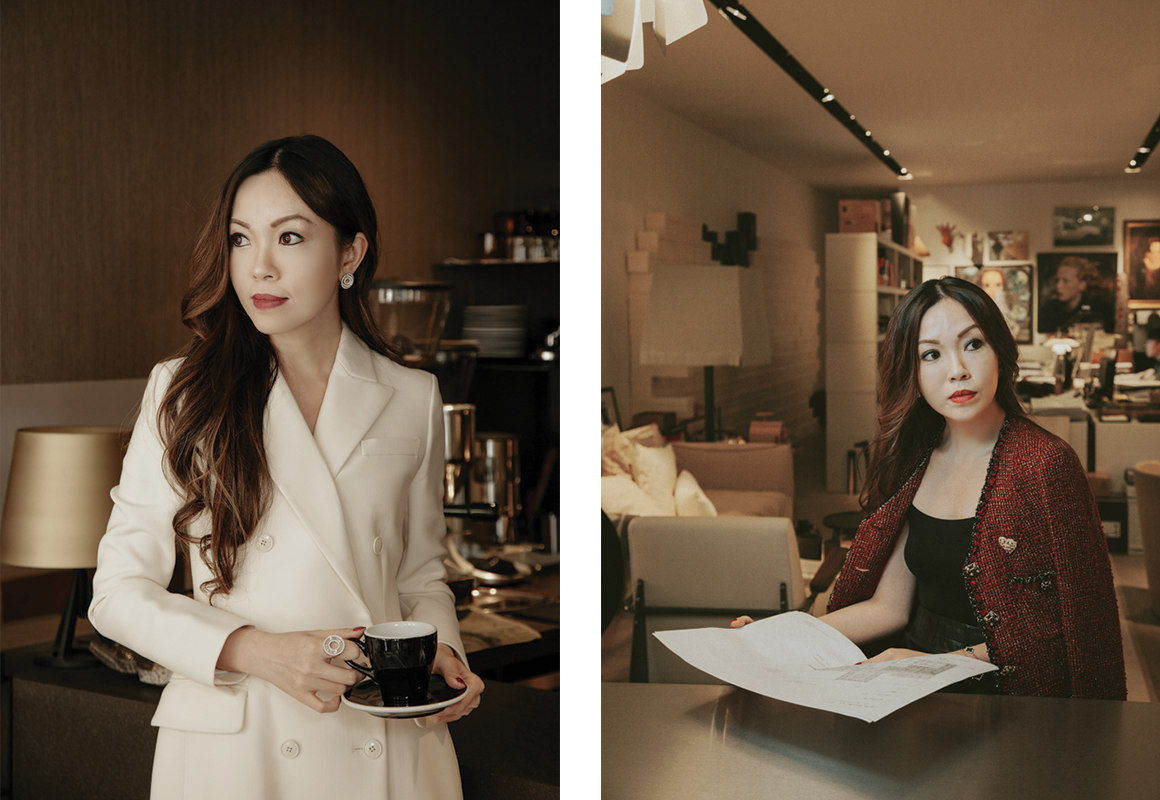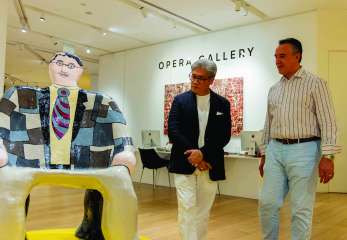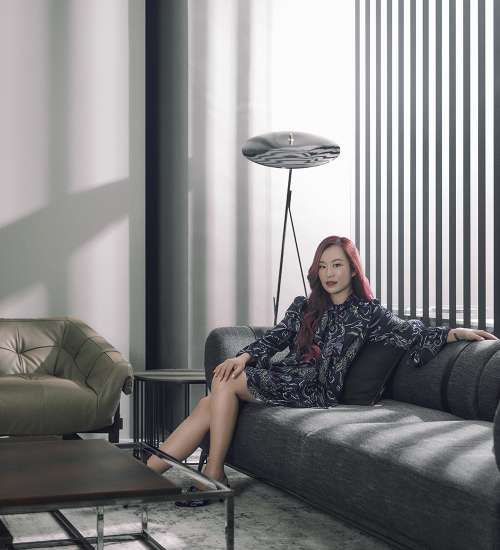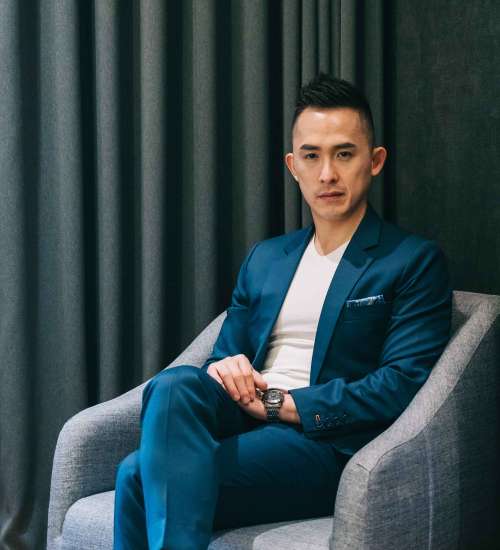It has been a couple of months since businesswoman Wendy Long and her team called the renovation of a two-bedroom apartment in London complete. By the time they did, the property had new floorboards, smart new furniture in all the rooms, new bathroom fixtures, and an updated kitchen with a breakfast counter—on top of other improvements.
There was also a third bedroom created out of a rather spacious receiving room. The property, dated and unappealing when it changed hands, was by then more than ready for its new occupants.
Although Wendy, who studied Business Administration at the National University of Singapore, and has a master’s degree in Contemporary China from the Nanyang Technological University, understands how property businesses run, her foray into it came out of left field. “I’ve always been interested in real estate and interior design, and I started scouting for properties in Singapore with the intention of giving them a makeover, even if it was just a personal design project, as it allowed me to exercise my creativity and combine both my passions,” she admits.
But as acquisition and renovation of properties involved intensive investments in time and money, Wendy has decided to transform her passion into a business.
Pretty soon a few close friends were persuading her to take investments in her new projects, confident that she had what it took to turn around properties and supersize their marketability.

The London apartment, her second venture in the city, and her third overseas property after Tokyo, is located in Drayton Gardens in the affluent Chelsea neighborhood. “Location is a very important consideration,” Wendy points out, “as overseas investor we feel it’s safer to pick areas that are prime and well known to both local and foreign buyers.”
This particular property was built in the 1980s and “comes with a share of the freehold”, a key factor in Wendy’s acquisition. “It’s about 1,300 square-feet, in a very exclusive block of only six units, one on each floor. It comes with a day porter and a covered garage—a prized commodity in prime central London—as well as a balcony, which is also rare in the area.”
With the apartment now tenanted, Wendy is prepared to cast her glance at other properties. “I’m always on the look out for opportunities,” she confesses. But besides design trends, she has become adept at reading market reports.
“Market conditions affect profitability and viability. Whenever new guidelines are imposed to cool down a property market, returns and viability are affected. For international properties, the ability to get leveraging does make a huge difference, too.”
Wendy has observed how in recent years local banks have started offering loans for Japanese properties, which has in turn prompted a surge in demand among overseas buyers.
“It works both ways,” cautions Wendy. “Firstly, it makes it easier to acquire properties for investment and redevelopment and, secondly, it widens the buyers market (when its time to sell the properties acquired and redeveloped). You must do your homework.”
Anatomy of A Reno
The team that undertook the renovation with Wendy included architect Terence Chan of Singapore-based practice Terre, general contractor Aidy Salehi, who works around central London, and Natalie Fernbach a decorator and stager from Cullum Design. Another important member of the team was James Firman of Firman Property Group Ltd, who was instrumental in helping investors look for suitable properties.
Wendy and Terence flew to London for the initial part of the renovation. The latter’s input was important as the project involved structural work, and hence required architectural expertise.
“Terence’s main role was to help us reconfigure and maximize the space—to unlock the value in the property through the reconfiguration, by turning it into an efficient three-bedroom apartment from the original two bedrooms,” Wendy explains. In the end, he had also remodeled the kitchen, and even created a laundry room out of an unused space.

A local contractor, Aidy was very knowledgeable about London’s building regulations, and was able to help with all the administrative work, including engaging a professional surveyor to check on the structural framework of the apartment, before we commenced renovation.
When time came for Wendy and Terence to leave London, Aidy managed on his own. He sourced materials from catalogs that Wendy and Terence had approved.
They picked paint colors from swatches. “Aidy did patch tests of the samples in various rooms and sent us the photos. So it required quite a fair bit of cross-border coordination.”
After the renovation work came staging—dressing up the place for viewings. Wendy chose to work with Cullum Design whose works she found on the Internet. “I wanted an elegant, contemporary classic look that was close to Kelly Hoppen’s, and they had an extensive furniture and accessories inventory that could support the look that I was going for.”
She met up with Natalie in London and briefed her on the look that she wanted. Natalie began sending photos of projects she has done and Wendy shortlisted those that she liked. If certain items weren’t available, Natalie looked for suitable replacements, even buying some of them. As the pieces were rented out to clients, buying new ones was simply seen as growing the company’s inventory for future projects.
On installation day, Natalie shared photos of the staged rooms and the rest of the team gave their feedback. “I set up a WatsApp group chat as we needed real time, almost instantaneous feedback so that Natalie could incorporate them into the staging. We were in three countries and time zones—I was in Tokyo, Terence and his assistant were in Singapore, and Natalie was in London. Terence guided Natalie on design aesthetics, going through the various items, whether a particular artwork should be shifted more to the left or right, or whether the height of a table works with the side chair. It wasn’t just about selecting the furniture pieces, but also about the details.
“I believe in dressing up a property for a buyer or a renter. Staging is a big business in the US and UK; there's definitely room for it in Singapore. There’s cost involved, but in the grander scheme of things, if you want to fetch a desired price on your property, it is marginal.”






-ADiN.jpg&w=347&h=240&crop-to-fit)






 Back
Back
